This post will guide you through 15 exceptional flowers to plant in June in Zone 7, providing detailed information about each flower’s characteristics, growing conditions, and tips for care.
Understanding Zone 7
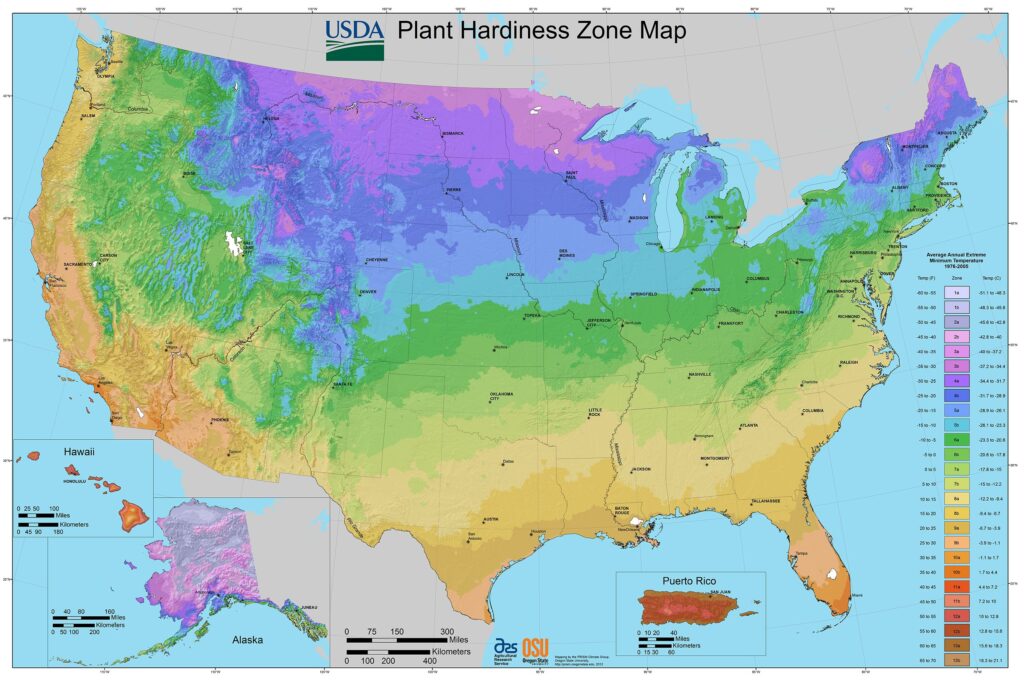
Before we dive into our flower selection, it’s crucial to comprehend what gardening in Zone 7 entails. The USDA Plant Hardiness Zone Map reveals that Zone 7 experiences average annual minimum temperatures ranging from 0°F to 10°F. This zone offers a reasonably long growing season—typically from mid-April to late October—enabling a multitude of annual and perennial flowers to thrive.
June marks a transition where both summer heat and sporadic rainfall contribute to ideal growing conditions. It’s a month ripe for both sowing seeds and transplanting established seedlings. The flowers discussed below can provide vibrant colors, enchanting scents, and an abundant habitat for pollinators, making your garden a delightful escape.
Sunflowers (Helianthus annuus)

Sunflowers are among the most recognizable summer flowers, known for their bright yellow petals and towering height. They thrive in full sun, making them perfect for June planting. Sunflowers come in various varieties, from the classic giant types to dwarf species that can fit in smaller gardens. They are also attractors for bees and butterflies, promoting biodiversity in your garden.
When planting sunflowers, ensure you provide well-draining soil and ample space for them to grow. These annuals prefer consistent moisture but can tolerate dry spells once established. Sunflowers reach maturity in about 70-100 days, making them an excellent addition to your summer blooms.
Zinnias (Zinnia elegans)

Zinnias are versatile annuals that explode into color from midsummer onwards. They’re incredibly easy to grow from seed, making them an ideal choice for beginner gardeners. Zinnias appreciate full sun and well-drained soil, thriving in spots that receive 6-8 hours of sunlight daily.
These plants come in various colors, including pink, red, orange, and yellow, and can reach heights of up to 3 feet. Regular deadheading encourages further blooming, giving your garden a continued pop of color. Zinnias are also known for their resilience against pests, ensuring a relatively low-maintenance flowering experience.
Cleome (Cleome hassleriana)
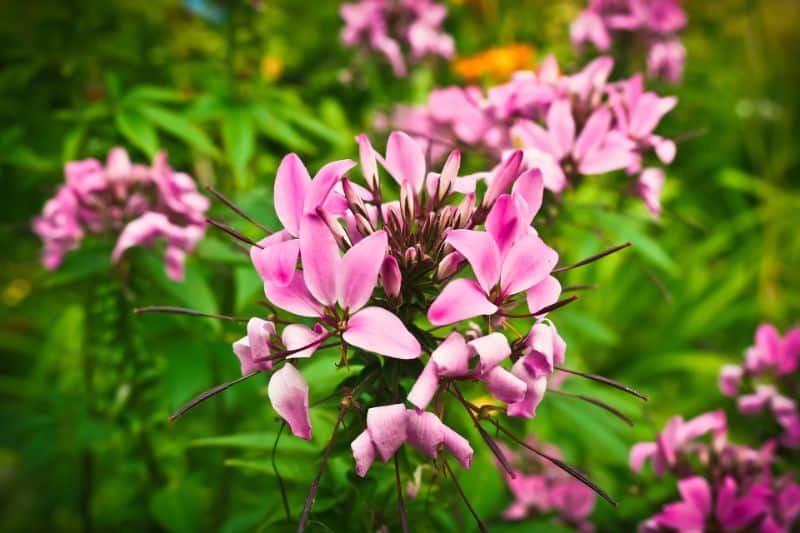
Cleome, often referred to as spider flower due to its unique, spidery bloom shape, adds an exotic touch to any garden. This annual flower is known for its tall stature, reaching heights of up to 4 feet, and its ability to thrive in a range of soil conditions. Cleome prefers full sun but can tolerate partial shade.
Once planted in June, Cleome will flourish throughout the summer, providing a captivating display of pink, white, or purple flowers. The foliage is also a beautiful fern-like green, adding texture to your garden. Once established, Cleome requires minimal maintenance, though regular watering will enhance flowering.
Coreopsis (Coreopsis grandiflora)
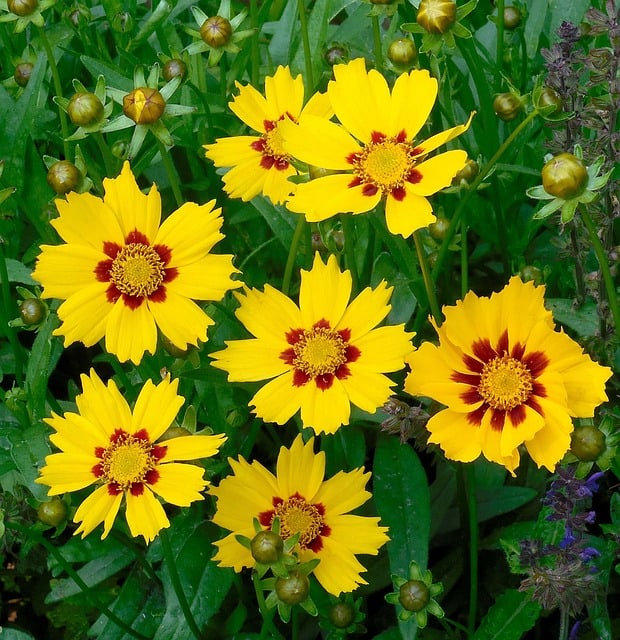
Coreopsis, or tickseed, is a hardy perennial that showcases daisy-like flowers. Known for their bright yellow blooms and ability to withstand heat, Coreopsis is perfect for June planting. They thrive in full sun and well-drained soils and are drought-tolerant once established.
This perennial can bloom from late spring into early fall, attracting butterflies and other pollinators to your garden. Coreopsis prefers to be deadheaded regularly to promote continuous blooming and to prevent self-seeding if you want to control their spread.
Lobelia (Lobelia erinus)
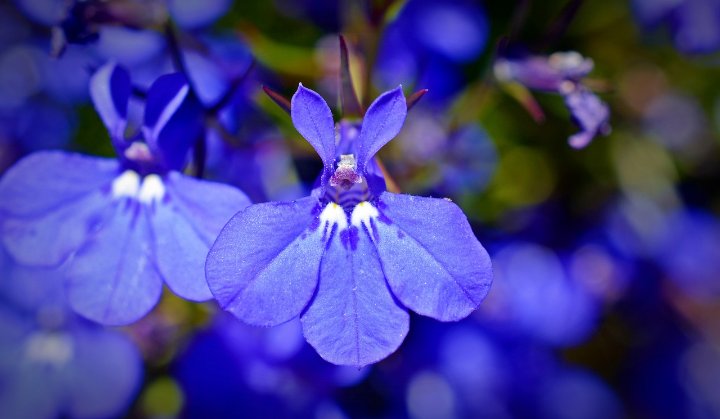
Lobelia is a delicate annual that blooms profusely in vibrant shades of blue, purple, or white. This flower is perfect for adding a pop of color in borders or hanging baskets. Lobelia thrives in cooler temperatures, making June a prime time to plant in Zone 7, where they can flourish until the heat of midsummer.
Lobelia prefers partial shade and moist, fertile soil. It can tolerate lighter shade, making it a versatile option for less sunny spots in your garden. Regular watering is essential, as these plants can dry out quickly. Encouraging frequent blooms through deadheading will keep your lobelias looking lush throughout the summer.
Cosmos (Cosmos bipinnatus)

Cosmos are fantastic annuals that offer a carefree growing experience, perfect for budding gardeners. They come in various colors, including pink, white, and crimson, and are known for their feathery foliage. These flowers thrive in full sun and can tolerate a range of soil types, although they prefer well-drained conditions.
If you plant cosmos in June, you can expect blooms from mid-summer until frost. These plants are particularly notable for attracting butterflies, making them an excellent choice for a pollinator-friendly garden. Minimal maintenance is required; occasional deadheading will encourage further blooming.
Marigolds (Tagetes)
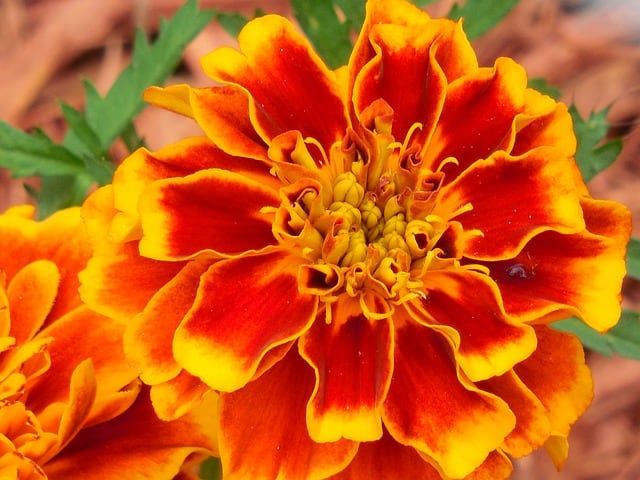
Marigolds are another summer favorite that brings an abundance of sunny color to your garden. They come in various heights and colors, primarily yellow and orange, making them diverse enough to fit any garden plan. Planting marigolds in June ensures they have the entire summer to flourish.
Marigolds prefer full sunlight and can thrive in poor soil, which makes them a resilient choice. Additionally, they are known for their pest-repellent qualities, making them excellent companion plants for vegetables and other flowers. Regular deadheading promotes prolonged blooming, ensuring a continuous display of vibrant flowers.
Bee Balm (Monarda didyma)
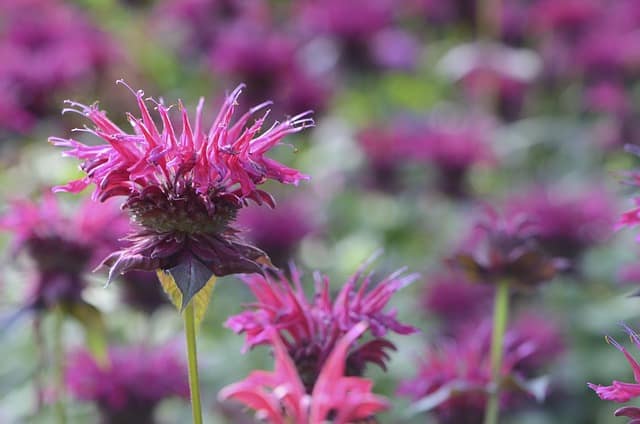
Bee balm, known for attracting hummingbirds and bees, is a stunning perennial that offers rich color in shades of red, pink, and purple. Planting bee balm in June will give it a head start for a robust blooming season, which typically starts in late summer and can extend into early fall.
This plant thrives in well-drained soil and full sun to partial shade but prefers moist conditions. It also has aromatic foliage that can be enjoyed both in the garden and as an herbal tea. Regular pruning after the blooms has faded will encourage bushier growth and additional flowering.
Verbena (Verbena bonariensis)
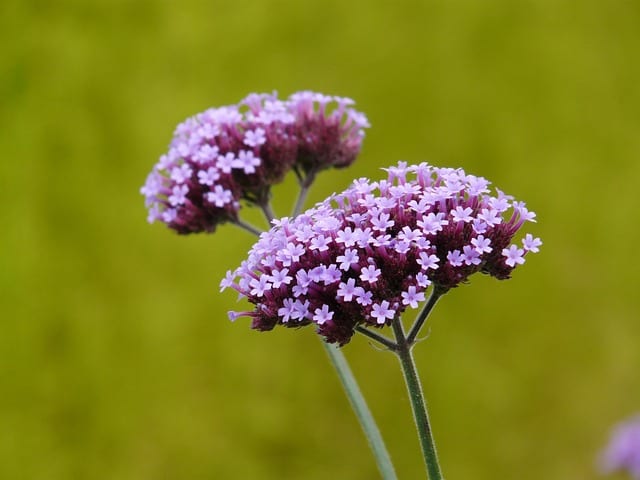
Verbena brings a unique, airy quality to flower beds with its tall stems and clusters of small flowers. This perennial, often grown as an annual in cooler climates, offers vibrant purple blooms that sway gently in the breeze. Verbena prefers well-drained soil and full sun.
For best results, plant verbena in June to ensure that it establishes before the full heat of summer. This flower is known for its resilience in heat and can survive periods of drought once established. Regular deadheading will prolong blooming and promote a fuller appearance.
Phlox (Phlox paniculata)
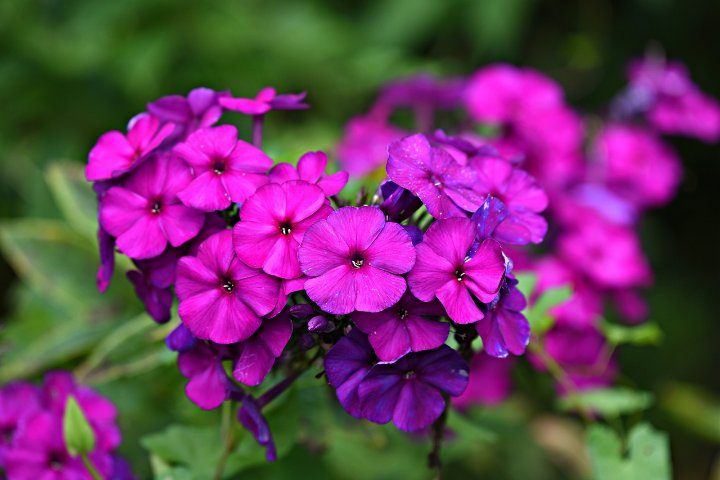
Phlox is a perennial garden staple known for its fragrant, colorful flowers that come in clusters. Popular cultivars offer shades from white to purple, and they thrive in full sun or partial shade. June plantings will allow phlox to establish quickly and yield blooms in late summer.
This plant appreciates consistently moist, well-drained soils and may require staking if grown in particularly sunny spots. Regular deadheading can stimulate new growth and ensure that your phlox plants remain vibrant throughout the growing season, enhancing the visual appeal of your garden.
Pansies (Viola tricolor var. hortensis)
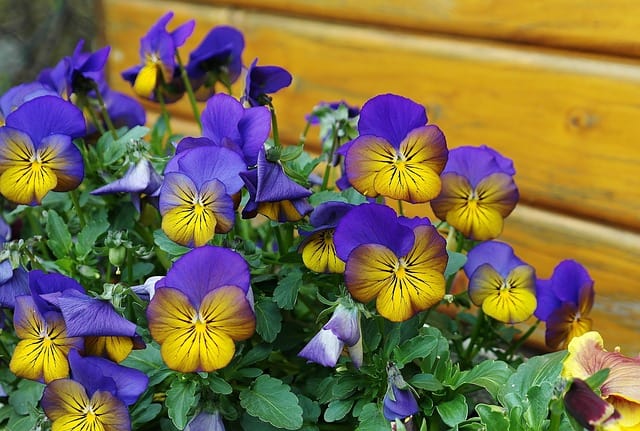
Though typically planted in early spring for their cold tolerance, pansies can still be established in June to flourish through the summer and into the fall. These tender annuals come in an array of colors and patterns, creating a cheery display with their expressive blooms.
Pansies prefer cooler temperatures and can tolerate partial shade, making them suitable for transitional gardening in June. Regular watering and deadheading will encourage continuous blooming, allowing you to enjoy these delightful flowers for an extended period.
Black-eyed Susans (Rudbeckia hirta)
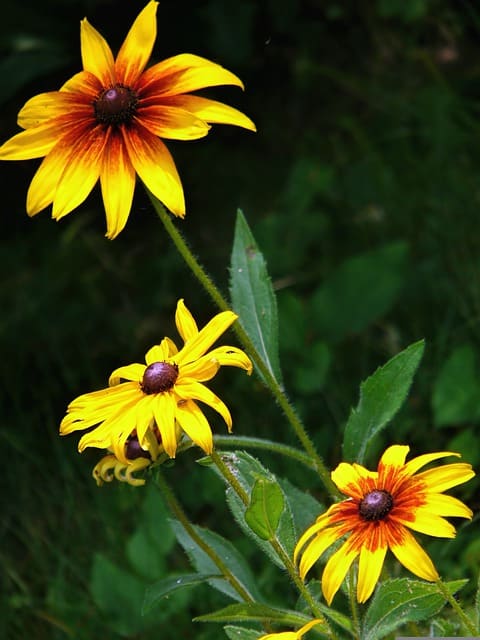
Black-eyed Susans are resilient perennial flowers beloved for their golden-yellow petals and dark centers. These flowers are hardy and can thrive in poor soil conditions, making them an excellent choice for a variety of garden environments. Planting black-eyed Susans in June ensures they will establish well, producing abundant blooms in late summer.
They prefer full sun and can tolerate drought, which makes them low-maintenance. Black-eyed Susans also attract bees and butterflies, contributing to the overall health of your garden ecosystem. Regular deadheading can promote prolonged blooming, ensuring a vibrant display right into fall.
Passionflower (Passiflora)
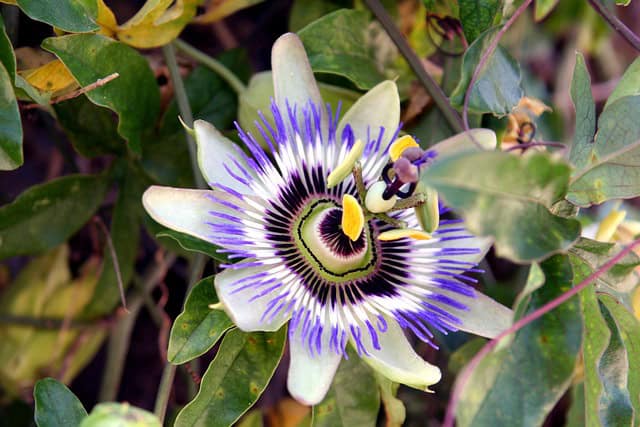
For those looking to add an exotic flair to their summer garden, the passionflower is a spectacular choice. Known for its unique, intricate blooms, the passionflower can be planted in June for maximum growth during its active season. This perennial vine prefers full sun and well-drained soil, making it suitable for trellises or fences.
Once established, the passionflower can spread rapidly, providing a lush, green backdrop to your garden. Additionally, its fruit can be harvested if conditions are right, giving you both beauty and bounty. This plant is also a favorite among pollinators, enhancing the biodiversity of your garden.





